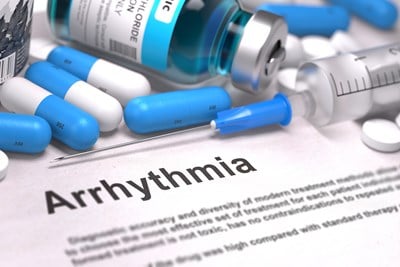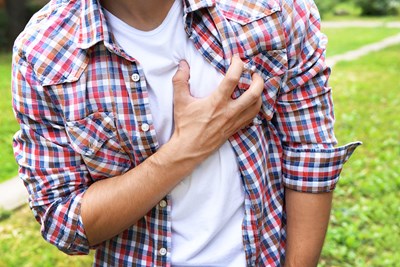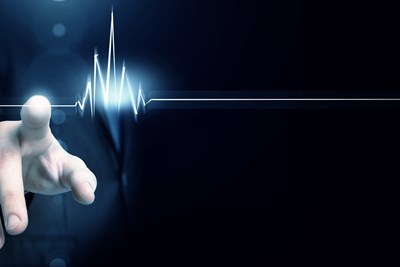Arrhythmias are abnormalities with the rhythm of your heartbeat. If you are diagnosed with an arrhythmia, your treatment plan will depend on the type of arrhythmia you have, as well as any other health conditions you may have. For some arrhythmias, treatment may not even be necessary, if they are not causing any significant symptoms or putting you at risk for more serious complications. For arrhythmias that do require treatment, the most common options are as follows.
Treatments for Bradycardias
Bradycardia is a type of arrhythmia that means your heart beats slower than normal, at less than 60 heartbeats per minute. Unless your doctor thinks your arrhythmia needs to be corrected, he or she will likely recommend treating bradycardias with a pacemaker. Pacemakers are small implantable devices that help to control abnormal heart rhythms.
It is usually placed under the skin near your collar bone during a minor surgical procedure and an insulated, electrode-tipped wire connects the device to your inner heart where it can monitor your heart rhythm. If your heart rate becomes too slow or stops completely, the pacemaker is able to send out electrical impulses that stimulate your heart to begin beating a steady rate again.
Treatments for Tachycardias
Tachycardia is a type of arrhythmia that means your heart beats too fast, with a resting heart rate of at least 100 beats per minute. If you have a tachycardia arrhythmia, Your treatment options include:
- Medications: For many types of tachycardia, your doctor will prescribe you a medication that can help to control your heart rate or restore it to a normal rhythm. One type of tachycardia is atrial fibrillation, which may require taking blood thinning medications to prevent dangerous blood clots from forming.
- Cardioversion: Atrial fibrillation may also be treated with cardioversion, which is a procedure that involves delivering a shock to your heart through paddles or patches on your chest. The shock is intended to restore a normal heart rhythm by affecting the electrical impulses in your heart.
- Catheter ablation: This is a procedure that involves threading one or more electrode-tipped catheters through your blood vessels to your heart. The electrodes are then able to use heat, extreme cold, or radio frequency energy to ablate (damage) a small area of heart tissue that is causing your arrhythmia. This will create an electrical block along the pathway and prevent the arrhythmia from occurring.
- Vagal maneuvers: If you have a supraventricular tachycardia, it may be able to be stopped by using particular methods that involves holding your breath and straining, dunking your face in ice water, and coughing. This works by affecting the nervous system that is controlling your heartbeat, which will cause your heart rate to slow naturally.
- Implantable cardioverter defibrillator (ICD): If you are at risk for developing a dangerously fast heartbeat in the lower half of your heart, your doctor may recommend trying this device. An ICD is a small battery-powered device that is implanted under the skin near your collarbone, similarly to a pacemaker. Electrode-tipped wires run from the ICD through your veins and to your heart where the ICD is able to monitor your heart rhythm. If your heart begins to beat at an abnormal rhythm, the ICD sends out a low or high energy shock to reset your heart to beat at a normal rhythm again. While this device cannot prevent tachycardia from occurring, it can treat it as soon as it does.
Surgical Treatments
In some severe cases of arrhythmia, surgery may be necessary. This could include a maze procedure, which involves making a series of incisions in the heart tissue in the upper half of your heart in order to create a pattern of scar tissue. Since scar tissue will not conduct electricity, it helps to interfere with some of the stray electrical impulses that can cause certain types of arrhythmia. Coronary bypass surgery is another option if you also have coronary artery disease in addition to your arrhythmia and need to improve the flow of blood to your heart.




